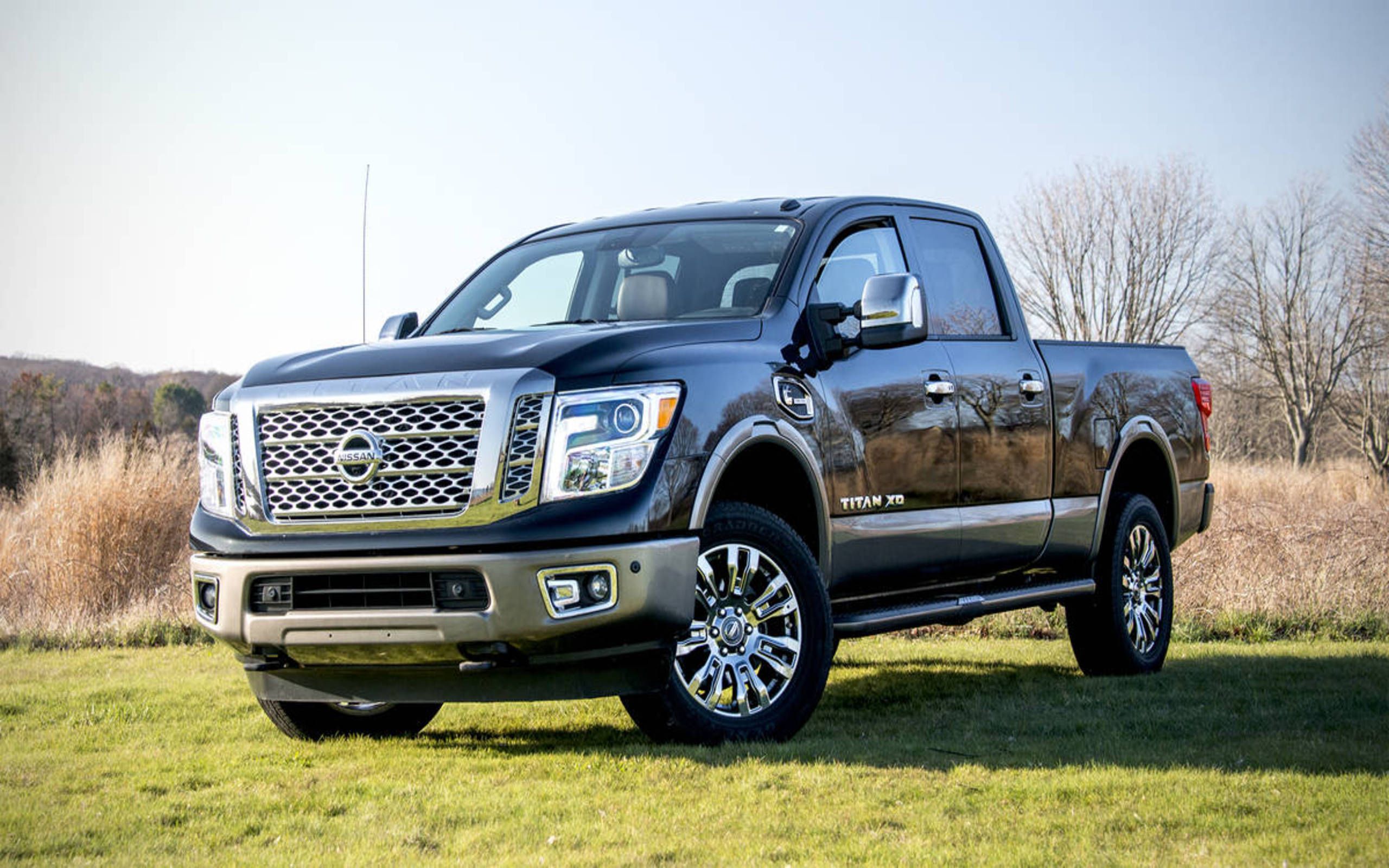Pickup trucks have evolved far beyond their utilitarian roots. Once reserved for hauling gear or tackling tough jobs, today’s pickups serve as daily drivers, family haulers, and even luxury cruisers. But no matter how refined or powerful a truck is, one factor still weighs heavily on the minds of American buyers—fuel economy.
With fuel prices fluctuating and environmental concerns growing, fuel efficiency has become more important than ever, even in the traditionally gas-guzzling world of pickups.
Some manufacturers have made significant strides in delivering respectable fuel economy figures without sacrificing capability, especially with the rise of turbocharged engines, hybrid systems, and even diesel options. These models offer significant savings over the long term, particularly for drivers who accumulate substantial mileage.
On the flip side, not every truck has adapted to the times. Some full-size pickups still guzzle fuel at alarming rates, making them expensive to own and environmentally taxing. These models may shine in power and towing, but they burn through fuel—and your wallet—quickly.
In this feature, we’ll highlight five pickups with the best fuel economy, followed by five that lag far behind. Whether you’re looking to save money or simply want to understand the range, this guide will steer you in the right direction.
Also Read: 5 Cars With Lowest Insurance Rates And 5 With Highest
5 Most Fuel-Efficient Pickups
In a segment known for rugged durability and massive towing power, fuel efficiency might seem like an afterthought—but it’s quickly becoming a top priority.
As gas prices in the U.S. continue to swing and more buyers look to balance practicality with economy, pickup manufacturers have responded with smarter, more efficient trucks. Gone are the days when driving a pickup meant budgeting for painful fuel stops every week.
Now, thanks to advancements in engine technology, aerodynamics, and even hybridization, some pickups deliver mileage figures once reserved for compact sedans.
For many Americans who rely on their trucks every day—whether for work, long commutes, or weekend adventures—fuel economy is more than a number on a sticker.
It’s about saving thousands over the life of a vehicle, reducing environmental impact, and stretching more miles from every tank without sacrificing performance or utility.
This is why we’re highlighting five standout pickups that offer the best fuel efficiency in the current U.S. market.
These are not underpowered or stripped-down models; in most cases, they still boast respectable towing and payload figures. But they shine by squeezing every drop of fuel for maximum range.
We’ll explore what makes each of these pickups efficient—whether it’s hybrid drivetrains, lightweight construction, or turbocharged engine tuning—and explain how they strike the balance between power and economy.
From compact trucks to full-size innovations, these fuel-saving champs prove you don’t have to compromise capability to save at the pump.
Whether you’re looking to buy your next truck or just want to see how far the industry has come, these are the top five pickups that truly stand out for fuel economy in the real world.
1. Ford Maverick Hybrid (Up to 42 MPG City / 33 MPG Highway)
When Ford launched the Maverick Hybrid, it didn’t just introduce a new pickup—it completely disrupted the fuel economy conversation in the truck segment.
With an EPA-estimated 42 MPG in the city and 33 MPG on the highway, the Maverick Hybrid is currently the most fuel-efficient pickup truck in the United States. That’s not just good for a truck—that’s better than many compact cars.
At the heart of the Maverick’s efficiency is its 2.5-liter Atkinson-cycle 4-cylinder engine, paired with an electric motor and a continuously variable transmission (CVT). The result is a smooth, responsive ride with a total system output of around 191 horsepower.
While it’s not designed for towing massive loads, it still offers a solid 2,000-pound towing capacity and 1,500 pounds of payload, which is more than enough for most light-duty tasks.
Another standout feature is its standard front-wheel-drive hybrid setup, which simplifies construction and keeps weight and drivetrain losses to a minimum—key factors in achieving high MPG numbers.
Ford also optimized the Maverick’s frame and body for efficiency, with aerodynamic shaping and lightweight materials playing a major role.
Where the Maverick really shines, though, is in real-world practicality. It features a roomy crew cab, a 4.5-foot FlexBed with multiple storage solutions, and a tech-friendly cabin that doesn’t skimp on features.
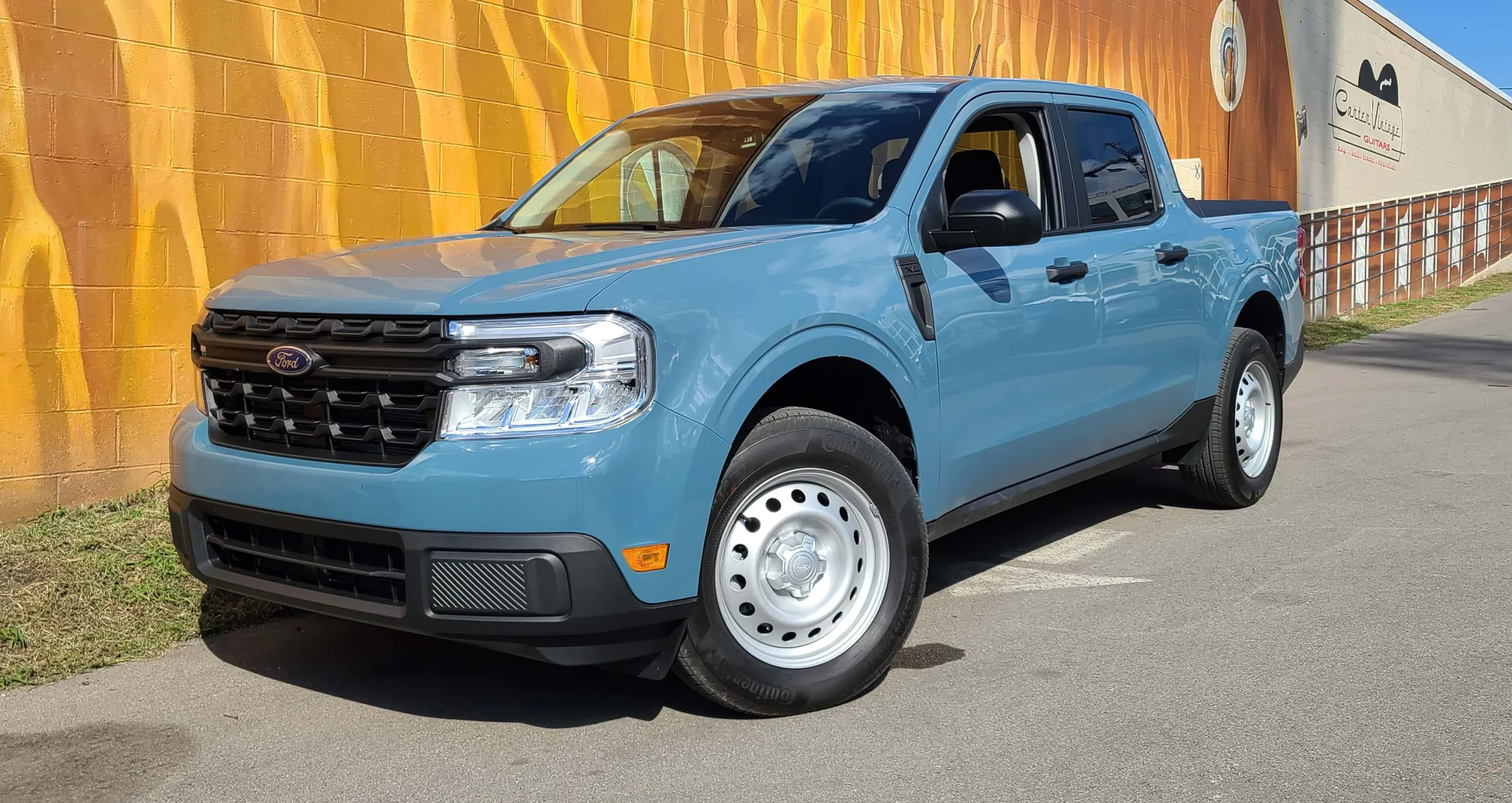
For urban dwellers, commuters, and budget-conscious buyers who still need the utility of a truck bed, the Maverick Hybrid hits a sweet spot no other pickup has quite reached.
Beyond just MPG, there’s also the matter of price. With a starting MSRP under $25,000, the Maverick Hybrid offers unbeatable value, especially when you consider long-term fuel savings. It’s accessible, efficient, and genuinely fun to drive.
In a world where trucks are often seen as gas guzzlers, the Ford Maverick Hybrid flips the narrative. It’s proof that you can drive a pickup without draining your wallet—or the fuel tank.
For anyone who wants truck utility with hybrid-level efficiency, this is hands-down the best option on the market today.
2. Hyundai Santa Cruz FWD (2.5L) — 22 MPG City / 26 MPG Highway
The Hyundai Santa Cruz is one of the most unconventional pickups on the U.S. market—and that’s exactly why it shines in the fuel economy department.
While it might not satisfy traditionalists looking for body-on-frame toughness, the Santa Cruz’s unibody design, compact size, and efficient drivetrain make it a smart choice for drivers who want the versatility of a truck without the constant pain at the pump.
In its front-wheel-drive configuration with the standard 2.5-liter 4-cylinder engine, it delivers an EPA-estimated 22 MPG city and 26 MPG highway.
Hyundai designed the Santa Cruz as a lifestyle vehicle, targeting urbanites, weekend warriors, and drivers who want the functionality of a small truck bed without committing to a full-size pickup.
Its efficiency is enhanced by the lightweight construction, streamlined aerodynamics, and an 8-speed automatic transmission that helps optimize fuel usage without sacrificing drivability.
While its fuel economy may not touch hybrid levels, it still beats out many midsize trucks—and even some small SUVs—especially in real-world conditions where it’s not constantly towing or off-roading.
For buyers who need a truck that spends more time on the highway than at the jobsite, the Santa Cruz makes a lot of sense.
Inside, the Santa Cruz is very much a Hyundai—modern, tech-savvy, and comfortable. It offers features like a large touchscreen, wireless Apple CarPlay/Android Auto, and driver-assistance systems that feel more crossover than commercial.
And that’s the point: it bridges the gap between the SUV and pickup world, delivering flexibility without overkill.
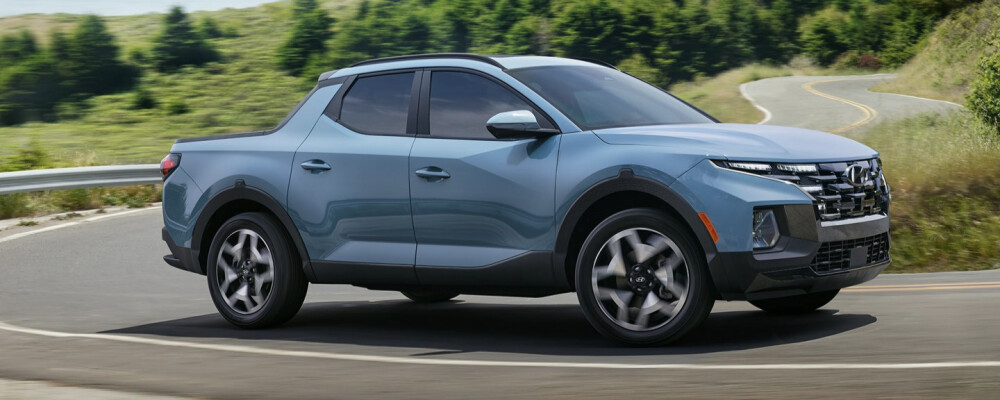
Its towing capacity of up to 3,500 pounds (when equipped properly) and open-bed design still offer genuine utility for smaller trailers, bikes, furniture hauls, or home improvement runs.
For those who need a commuter-friendly pickup with fuel efficiency that won’t punish you at every gas station, the Santa Cruz is a practical and stylish option.
While it may not be the first truck that comes to mind for purists, the Santa Cruz is helping redefine what a pickup can be—efficient, refined, and perfectly suited to modern American driving needs.
3. Chevrolet Silverado 1500 3.0L Duramax Diesel — Up to 24 MPG City / 29 MPG Highway
The Chevrolet Silverado 1500 may be a full-size pickup, but when equipped with the 3.0-liter Duramax turbo-diesel inline-6 engine, it becomes a fuel-efficiency champion among half-ton trucks.
With EPA ratings of up to 24 MPG in the city and 29 MPG on the highway, it offers diesel-level economy without compromising the Silverado’s signature capability.
What sets this engine apart is its blend of low-end torque and high efficiency. Producing 305 horsepower and 495 lb-ft of torque, the Duramax diesel is smooth, quiet, and incredibly capable.
Whether you’re cruising on the highway or towing a heavy load, the engine’s relaxed efficiency translates to fewer stops at the pump and more money in your pocket—especially for drivers who cover long distances.
The Silverado’s 10-speed automatic transmission also plays a key role. It keeps the engine in the optimal power band for fuel-saving performance, whether at high speeds or under load.
Add to that an aluminum hood and other weight-saving features, and this large truck becomes surprisingly lean in terms of fuel consumption.
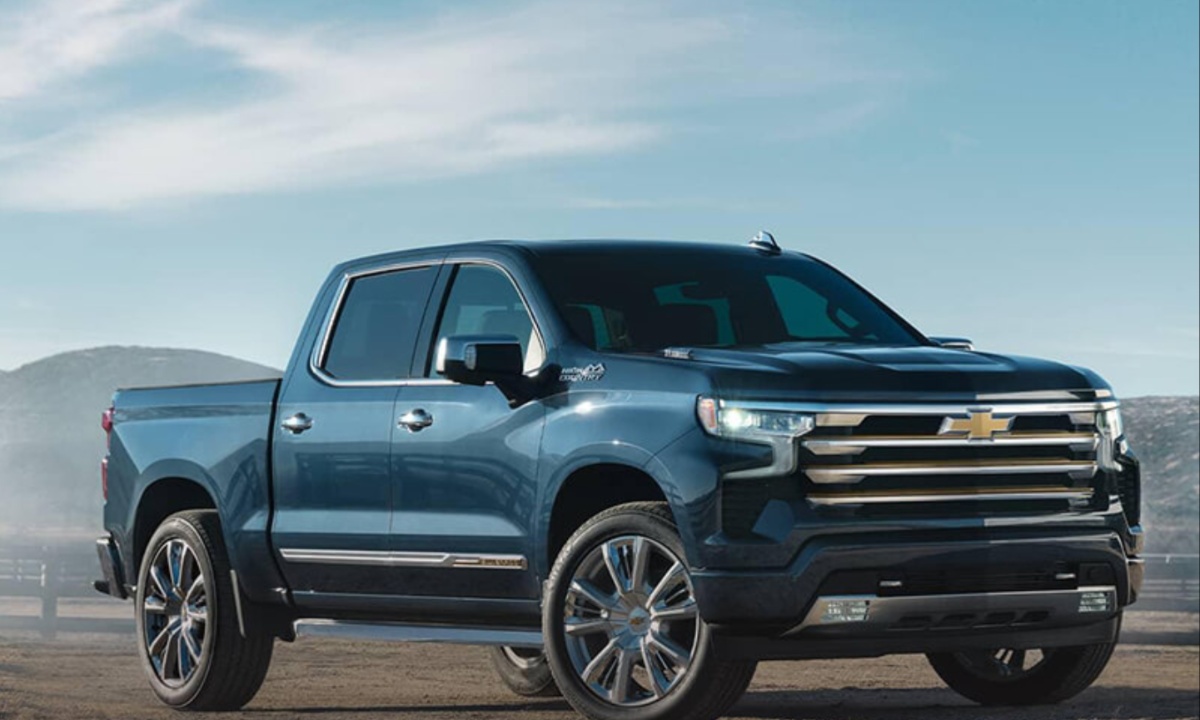
Unlike many efficiency-focused pickups that sacrifice power or utility, the Silverado Duramax remains a legitimate workhorse, offering up to 13,300 pounds of towing capacity when properly equipped.
Its massive range—often exceeding 600 miles on a single tank—makes it ideal for long-haul drivers, fleet users, and those who spend more time on the road than in traffic.
Inside, the Silverado doesn’t skimp on comfort. With available features like heated seats, an intuitive infotainment system, and premium interior trims, it blends refinement with ruggedness.
Whether you choose it in Work Truck form or in a more luxurious LTZ or High Country trim, the Duramax variant elevates the Silverado’s practicality through excellent MPG.
For drivers who want full-size capability without full-time fuel expenses, the Silverado 1500 Duramax stands tall. It proves that even big trucks can be smart with fuel—and you don’t have to go hybrid or compact to save at the pump.
4. Ram 1500 EcoDiesel — Up to 22 MPG City / 32 MPG Highway
The Ram 1500 EcoDiesel is a rare gem in the full-size truck segment—offering impressive towing power, a plush ride, and one of the highest highway fuel economy ratings you’ll find in a non-hybrid pickup.
With an EPA-estimated 22 MPG in the city and up to 32 MPG on the highway, this truck demonstrates that diesel technology still has a serious role to play in fuel-conscious trucking.
At the heart of the EcoDiesel model is a 3.0-liter V6 turbo-diesel engine producing 260 horsepower and 480 lb-ft of torque. That torque comes in low and steady, making it ideal for towing and highway cruising without the engine having to work overtime.
Paired with an 8-speed automatic transmission, the EcoDiesel delivers smooth shifts and steady efficiency even when pulling serious weight—up to 12,560 pounds when properly equipped.
But it’s not just what’s under the hood that makes the Ram 1500 EcoDiesel special. The truck’s active air dam, aerodynamic shape, and lightweight frame help it slice through the air with less resistance than its boxier rivals.
Combine this with its refined powertrain and you get a truck that can cruise at highway speeds all day long without bleeding fuel.
Inside, the Ram 1500 is arguably the most luxurious pickup in its class. Even base trims are well-appointed, and upper trims like the Laramie Longhorn and Limited feature upscale materials, massive touchscreens, and quiet, comfortable cabins.
It’s a truck built to go the distance in comfort—whether you’re commuting, road tripping, or hauling gear across the state.
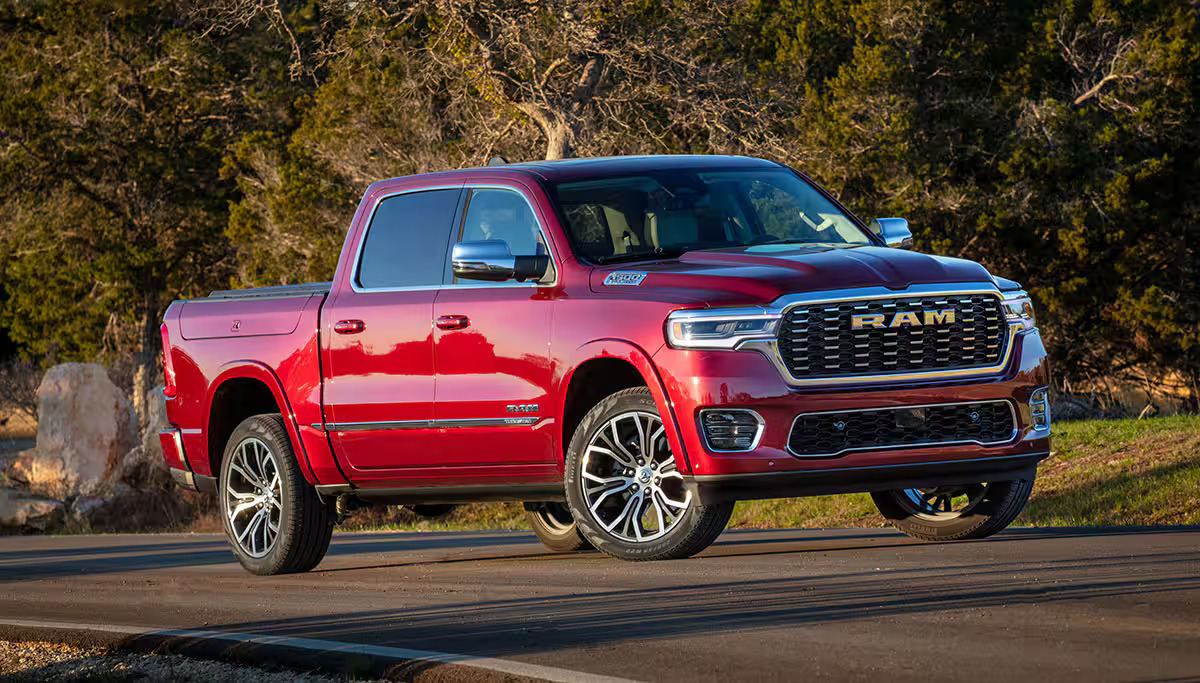
Ram’s EcoDiesel powertrain also wins points for durability and longevity, something diesel fans swear by. While the upfront cost is slightly higher than the gas equivalent, long-term fuel savings and resale value help even the score.
For buyers who need full-size strength but want hybrid-like highway mileage, the Ram 1500 EcoDiesel stands out. It’s an ideal choice for towing trailers across state lines, making supply runs, or simply enjoying the daily commute without dreading fuel stops.
5. Toyota Tacoma 2.7L I-4 — Up to 20 MPG City / 23 MPG Highway
While the Toyota Tacoma is often praised for its off-road chops and rock-solid reliability, its base 2.7-liter 4-cylinder engine quietly makes it one of the more fuel-efficient midsize pickups on the market.
Delivering up to 20 MPG in the city and 23 MPG on the highway, this configuration of the Tacoma caters to buyers who prioritize economy over brute force.
The Tacoma’s four-cylinder engine produces 159 horsepower and 180 lb-ft of torque, mated to a 6-speed automatic transmission.
It’s not going to win drag races or tow massive trailers (the max towing capacity is around 3,500 pounds with this engine), but it offers more than enough strength for light hauling, daily commuting, and moderate recreational use.
Most importantly, it does so without the thirsty appetite of a V6 or turbocharged full-size pickup.
One of the Tacoma’s biggest strengths lies in its durability and low maintenance costs. That long-term reliability translates into fewer headaches and better total cost of ownership.
With Toyota’s strong resale value and affordable servicing, the Tacoma becomes a smart choice for cost-conscious truck buyers who don’t need extreme payload or towing numbers.
The truck’s midsize dimensions also help with efficiency. It’s easier to maneuver in urban settings and less affected by wind resistance than larger trucks.
Combined with its simple, naturally aspirated engine, it gives drivers a straightforward, no-frills path to ownership that many find refreshing in today’s complex automotive landscape.
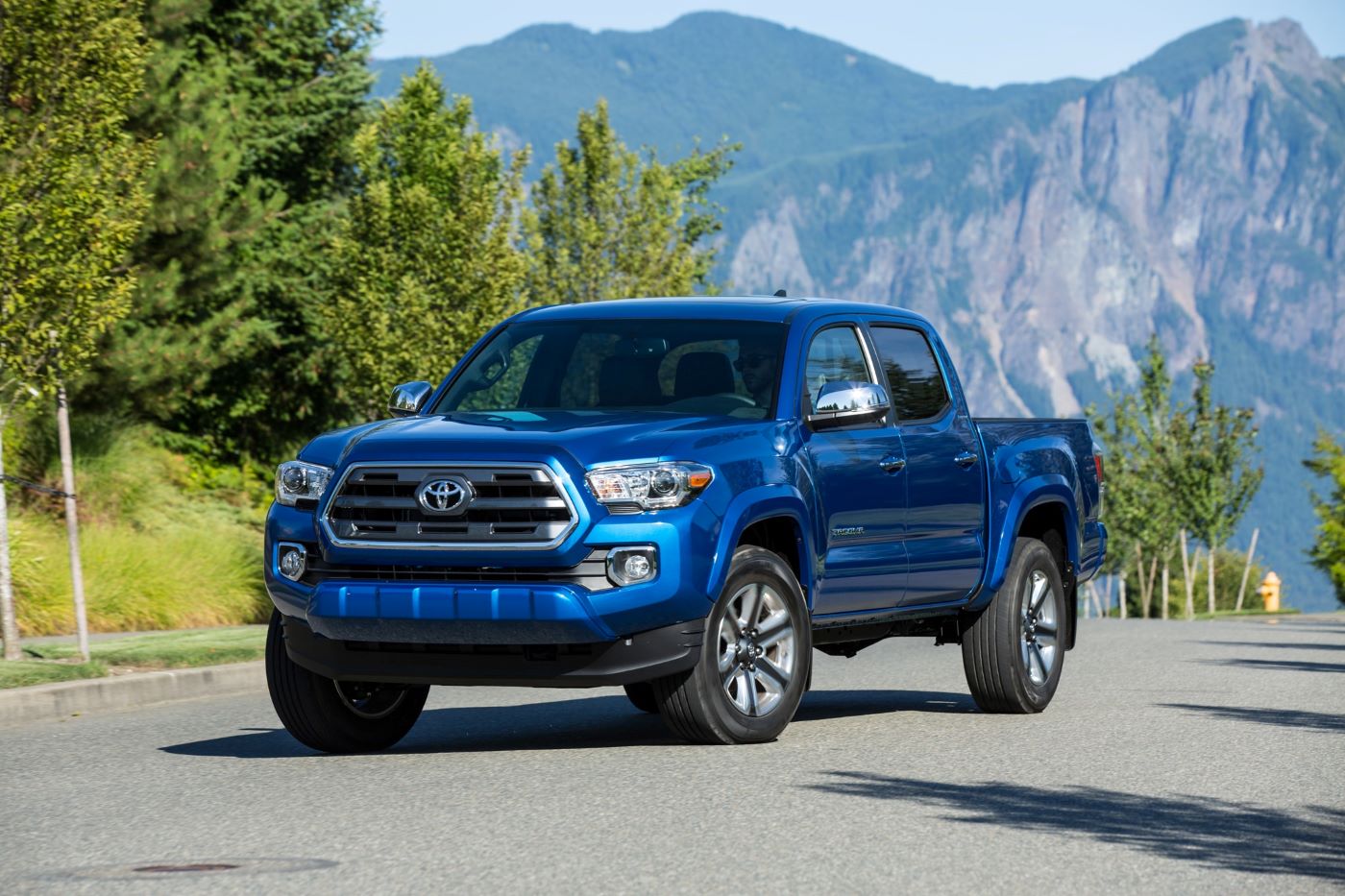
Inside, the Tacoma keeps things utilitarian yet functional. Features like a touchscreen infotainment system, Apple CarPlay, Android Auto, and advanced driver-assist tech come standard or optional depending on the trim. It’s not flashy, but it gets the job done—and does so with fewer fuel stops along the way.
While many buyers gravitate toward the V6 versions of the Tacoma, those looking to save on fuel costs will find the 2.7L 4-cylinder an underrated gem.
It’s especially ideal for contractors, students, or anyone who wants pickup capability without overpaying at the pump or in long-term maintenance.
For a practical, no-nonsense, fuel-conscious midsize truck, the Toyota Tacoma 2.7L remains a top contender.
5 Least Efficient Ones
While some pickups are proving that trucks can be fuel-conscious, others still represent the old-school philosophy of power first, efficiency later.
For certain buyers—those hauling heavy loads daily or venturing off-road regularly—fuel economy takes a backseat to torque, towing capacity, and rugged durability.
But for many Americans using trucks as daily drivers or for occasional utility, poor gas mileage can become a serious financial burden.
Full-size and heavy-duty trucks often come equipped with massive V8 or turbocharged engines, extended 4WD systems, and added weight from off-road kits or luxury features. These factors combine to push fuel economy to the bottom of the list.
Unfortunately, the trade-off becomes clear at the pump, especially with rising fuel prices in many parts of the U.S. Getting just 12–14 miles per gallon in city driving can mean frequent, expensive fill-ups—sometimes approaching $150 per tank.
In this section, we’re highlighting five pickups currently on sale in the U.S. that rank among the worst in fuel economy. These trucks may deliver incredible power, capability, and prestige, but they also guzzle gas like it’s going out of style.
Our goal isn’t to bash these vehicles—they serve a purpose. But for buyers considering one of these models, it’s important to know what you’re signing up for.
If your daily commute is long, or if you’re not towing on a regular basis, there may be better, more efficient alternatives out there.
From monster heavy-duty diesels to off-road beasts that sacrifice aerodynamics for clearance and grip, these are the trucks that will test your patience at the pump. If you care about miles per gallon—or your monthly fuel bill—these are the models to approach with caution.
1. Ram 2500 Power Wagon — 12 MPG City / 16 MPG Highway
The Ram 2500 Power Wagon is a beast of a truck built to conquer the roughest terrain. It’s packed with off-road capability, unmatched suspension travel, and a bold, aggressive stance that few trucks can rival.
But all that muscle comes at a price—fuel economy. With EPA estimates around 12 MPG in the city and 16 MPG on the highway, the Power Wagon is one of the thirstiest pickups available in the U.S. market.
Powered by a 6.4-liter HEMI V8 engine, the Power Wagon produces 410 horsepower and 429 lb-ft of torque.
That sounds great for climbing rocky trails or hauling heavy loads, but when combined with its solid front axle, lifted off-road suspension, 4WD system, and hefty curb weight, fuel efficiency takes a serious hit.
Even with cylinder deactivation and an 8-speed automatic transmission, this truck is more about brute force than finesse.
To be fair, the Power Wagon isn’t pretending to be a commuter. It’s made for off-road adventurers, overlanders, and utility workers who need to get places most vehicles can’t reach.
With locking front and rear differentials, a 12,000-pound Warn winch, and disconnected sway bars, this Ram is more at home crawling over boulders than coasting on interstates.
However, if you plan to use it as a daily driver or log lots of highway miles, the fuel bill can quickly become painful. Its 32-gallon tank can easily cost over $120 to fill in some states, and with real-world MPG often dipping below 12, you’ll be making frequent stops at the pump.
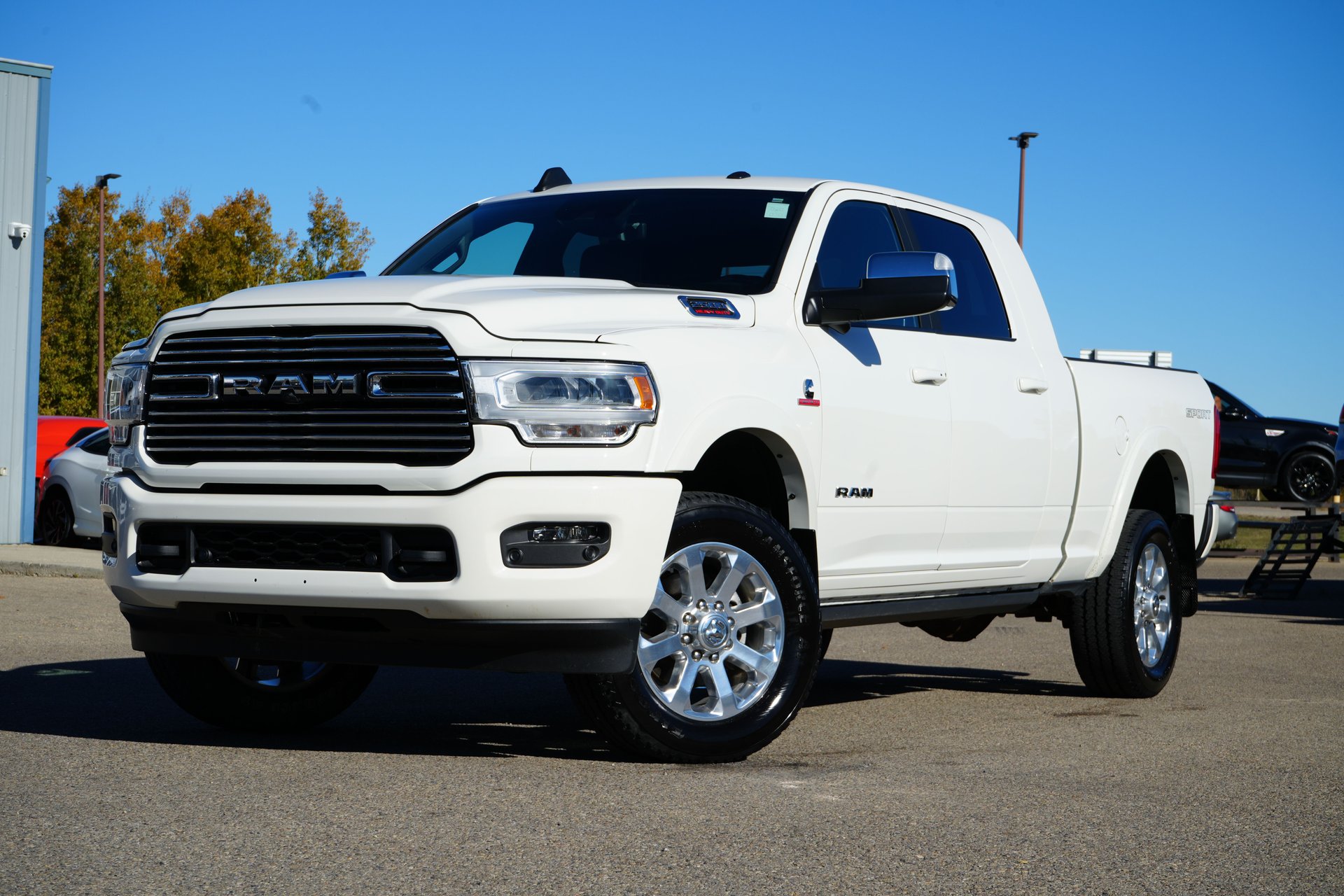
That said, the interior is one of the nicest in the HD segment, offering big-screen tech, premium materials, and crew cab comfort. But it doesn’t offset the fuel demands if you’re not constantly using the truck’s off-road capability.
In short, the Ram 2500 Power Wagon is an incredible tool—but one that drinks fuel like a firehose. For those who truly need its off-road muscle, it’s worth it. For others, it may be too much truck with too high a fuel cost.
2. Ford F-250 Super Duty (6.8L V8 Gas) — 12 MPG City / 16 MPG Highway
The Ford F-250 Super Duty is an absolute powerhouse when it comes to towing, payload, and job-site toughness. But when equipped with the 6.8-liter V8 gas engine, it becomes one of the most fuel-hungry trucks on American roads.
With real-world fuel economy estimates hovering around 12 MPG in the city and 16 MPG on the highway, this truck doesn’t shy away from consuming fuel—and lots of it.
Ford’s 6.8L gas V8, producing 405 horsepower and 445 lb-ft of torque, is designed for one thing: hard work. Whether you’re hauling a fifth-wheel trailer, transporting heavy equipment, or crawling through muddy terrain, this truck will get the job done.
But that high displacement, combined with the truck’s massive curb weight, 4WD hardware, and tall stance, leaves efficiency as an afterthought.
Ford doesn’t publish EPA figures for heavy-duty trucks like the F-250, but independent and user-reported tests consistently place it near the bottom of the fuel economy barrel, especially when paired with 4WD and loaded with gear.
Even with its 10-speed automatic transmission, which helps moderate engine revs, the gains in MPG are marginal at best.
The F-250’s value comes from its capability and durability. It’s able to tow over 14,000 pounds conventionally and up to 23,000 pounds with a gooseneck setup. That kind of performance requires serious power, and that power guzzles fuel.
It’s a trade-off many heavy-duty truck owners accept, but it’s worth noting for first-time buyers expecting even average gas mileage.
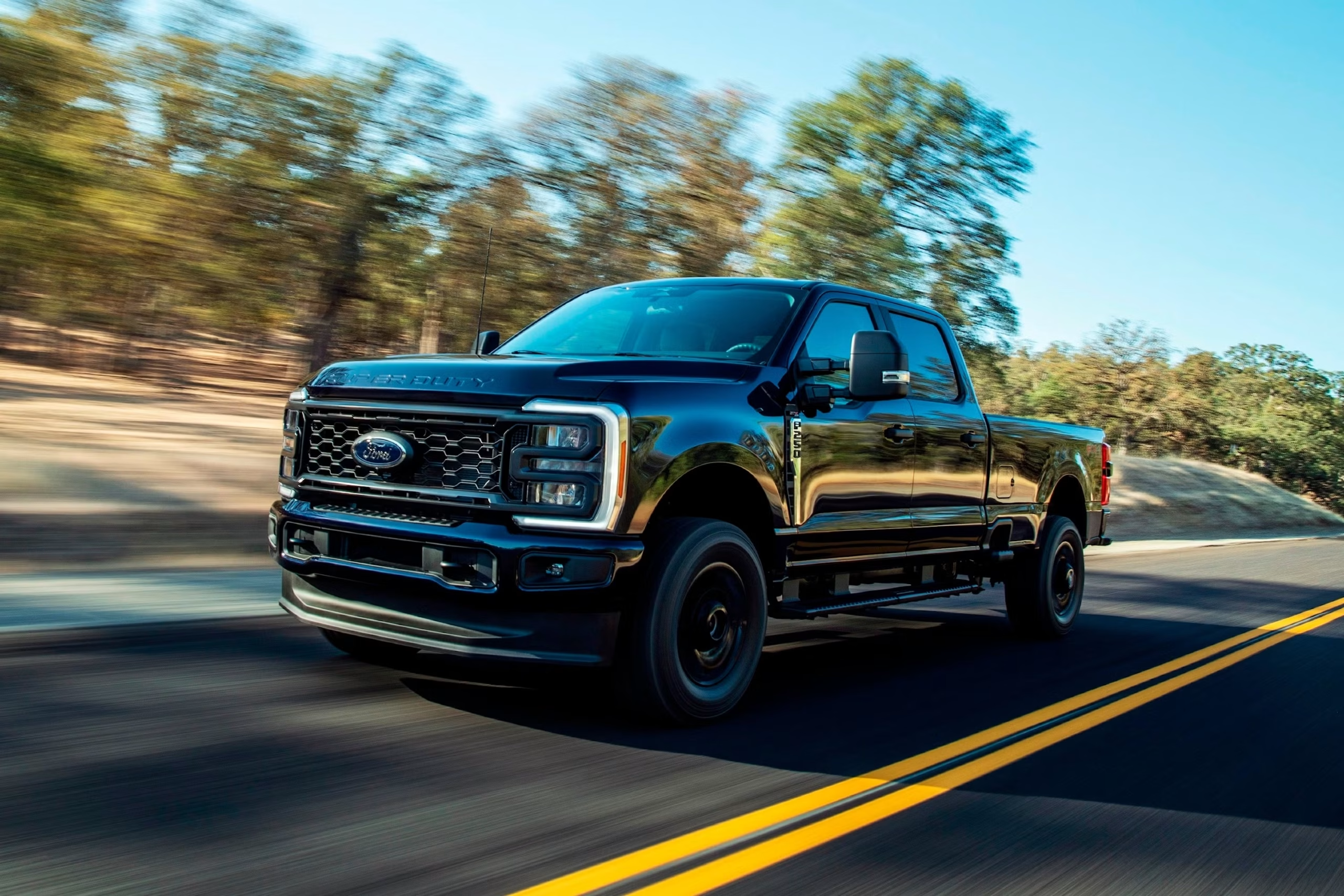
Inside, the F-250 remains modern and comfortable. Ford offers excellent technology, from SYNC infotainment to advanced trailering aids, and the higher trims rival luxury SUVs in cabin refinement.
But again, all the tech in the world won’t reduce the number of fuel stops if you’re driving this beast daily.
The Ford F-250 Super Duty with the 6.8L gas engine isn’t pretending to be eco-friendly. It’s built to serve, haul, and perform under pressure. Just don’t expect it to do so efficiently. If fuel cost is a priority, this isn’t the truck for you.
3. Toyota Tundra i-FORCE MAX (Hybrid) — 18 MPG City / 20 MPG Highway
It might seem surprising to see a hybrid pickup on a list of the worst fuel economy trucks—but the Toyota Tundra i-FORCE MAX earns its spot for not living up to the expectations typically associated with hybrid powertrains.
Despite boasting a twin-turbo V6 hybrid system, this full-size truck manages only 18 MPG in the city and 20 MPG on the highway, numbers that barely beat its non-hybrid rivals and fall far short of other hybrid trucks like the Ford F-150 PowerBoost.
The i-FORCE MAX powertrain pairs a 3.5-liter twin-turbocharged V6 with an electric motor for a combined output of 437 horsepower and 583 lb-ft of torque—making it the most powerful Tundra ever.
However, instead of using the hybrid system to prioritize efficiency, Toyota tuned it for added torque and performance, especially under load and during towing.
That means the Tundra hybrid excels at hauling and acceleration, but its mild efficiency gains don’t justify the hybrid badge.
Even more frustrating for buyers looking to save at the pump is the fact that this powertrain is only available in higher trims, which are heavier, more expensive, and less aerodynamic—further dragging down MPG numbers.
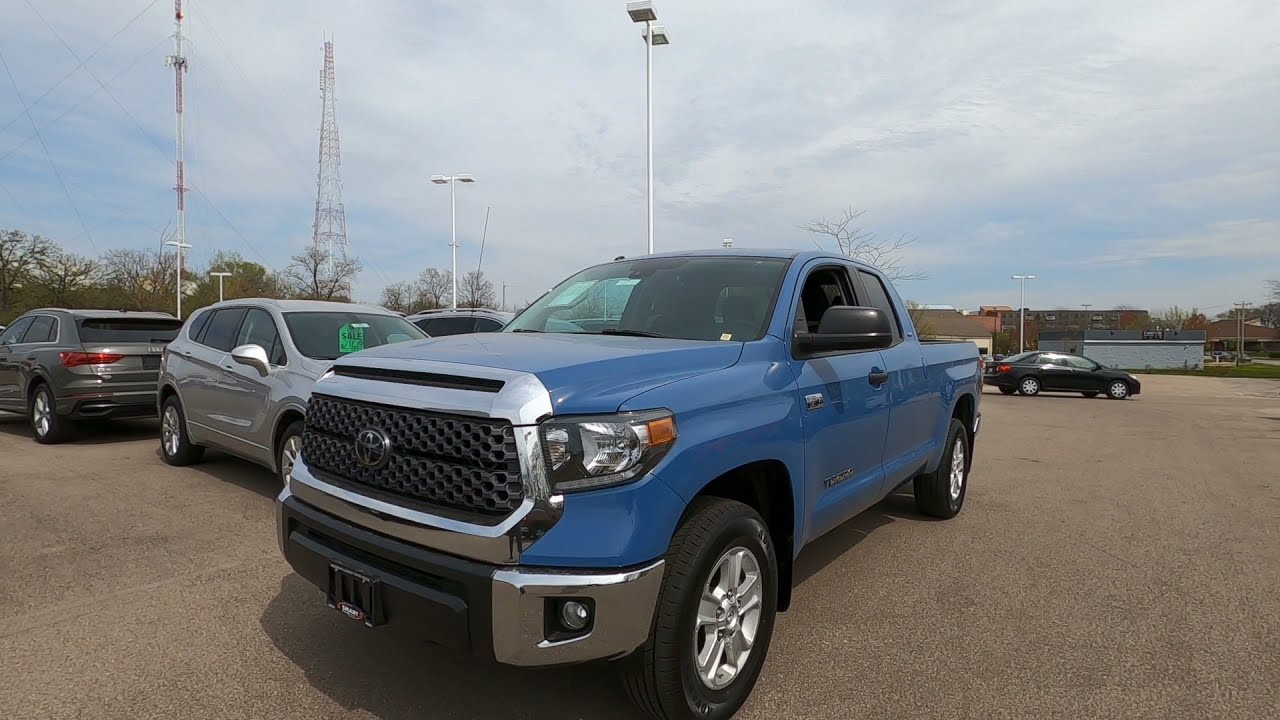
In real-world driving, especially on highways or when towing, owners often report fuel economy slipping into the mid-teens.
With a 32.2-gallon fuel tank, the Tundra can cost over $130 to fill in many parts of the U.S.—and needs to be filled often if used as a daily driver or for heavy-duty work.
The interior, though, is luxurious. Toyota has packed the Tundra with an impressive touchscreen system, high-grade materials, and loads of safety tech. But all that comfort doesn’t ease the hit at the gas station.
For drivers expecting a hybrid truck to offer relief from fuel costs, the Tundra i-FORCE MAX can be a letdown. It’s powerful and refined, but not particularly thrifty. In fact, in many cases, it drinks just as much fuel as traditional V8 pickups from the past.
If you’re looking to go hybrid for fuel savings, there are better options. This Tundra is built for performance—not for efficiency.
4. GMC Sierra 1500 (6.2L V8) — 15 MPG City / 20 MPG Highway
The GMC Sierra 1500 with the 6.2-liter V8 is a top-tier, luxury-oriented full-size pickup offering massive power and bold presence—but fuel efficiency is clearly not one of its strengths.
With an EPA-estimated 15 MPG in the city and 20 MPG on the highway, this version of the Sierra lands firmly among the least fuel-efficient trucks in the light-duty class.
Under the hood is a 6.2-liter EcoTec3 V8, delivering an impressive 420 horsepower and 460 lb-ft of torque.
It’s paired with a 10-speed automatic transmission, which helps somewhat in keeping RPMs low on the highway, but not enough to save this truck from its gas-guzzling nature.
The big engine, combined with the Sierra’s 4WD system, large body, and luxury features, adds weight and drag that worsens its thirst for fuel.
In day-to-day use—especially with larger wheels or aggressive tires often fitted on high trims—real-world MPG often dips below 15 in the city, even without heavy towing or off-roading.
Add in cargo, passengers, or hilly terrain, and it’s easy to see fuel economy nosedive into the low teens. The fuel tank holds about 24 gallons, which means frequent visits to the pump—especially if you use this as a daily driver or work truck.
Inside, the Sierra Denali and AT4 trims offer one of the most refined interiors in the full-size segment.
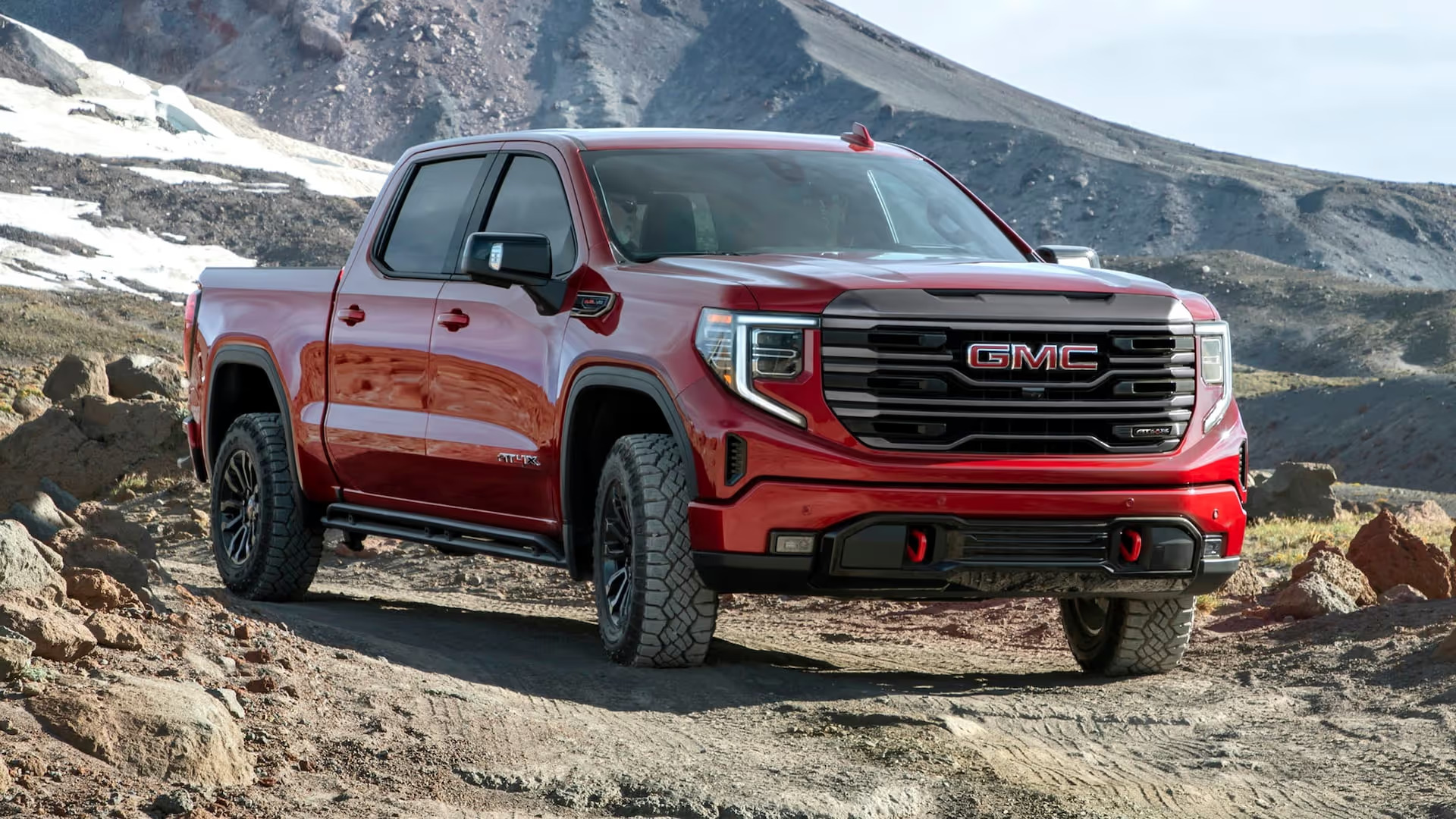
From open-pore wood trim and premium leather to a massive touchscreen and heads-up display, it feels more like a luxury SUV than a pickup. But with that comfort comes weight—and with weight, a further hit to efficiency.
For buyers focused on towing, power, and prestige, the 6.2L V8 Sierra delivers. But if you’re looking to keep operating costs manageable, especially as gas prices remain unpredictable, this powertrain configuration should raise a red flag.
Unless you’re consistently using the truck’s full power potential, the fuel economy compromises of the 6.2L engine likely outweigh the benefits.
GMC offers smaller engines with better efficiency, and for the average user, those options may prove more sensible over time.
5. Nissan Titan XD (5.6L V8 Gas) — 14 MPG City / 20 MPG Highway
The Nissan Titan XD sits in a unique gray area between traditional half-ton pickups and true heavy-duty workhorses.
Built on a beefier frame than the standard Titan, it promises increased towing and payload capacity—but all of that added strength comes with a cost, particularly at the gas pump.
With a 5.6-liter V8 engine, the Titan XD returns only 14 MPG in the city and 20 MPG on the highway, putting it among the worst fuel performers in the light-duty/full-size pickup category.
The Endurance V8 under the hood cranks out 400 horsepower and 413 lb-ft of torque, paired with a 9-speed automatic transmission. While power delivery is smooth and satisfying, it’s not especially refined or efficient.
The engine lacks cylinder deactivation or other advanced fuel-saving tricks, which means the Titan XD guzzles fuel whether it’s towing, cruising, or idling in traffic.
The truck itself weighs nearly 7,000 pounds in crew cab 4WD configuration, and with a larger fuel tank (26 to 28 gallons), it takes a hefty fill-up to get moving—and you’ll be refilling often.
With real-world fuel economy frequently dropping into the 12–14 MPG range, this is a truck that demands a lot from your wallet.
Inside, the Titan XD is comfortable and capable, with a user-friendly infotainment system, good seat comfort, and decent tech features.
However, it lacks the polish and luxury feel of its domestic rivals, especially in the higher trims. And without any hybrid option or smaller engine available, buyers have no alternative but to accept the V8’s thirst.
It’s also worth noting that the Titan XD’s market share has shrunk in recent years, and Nissan has announced it will discontinue the Titan line entirely after 2024.
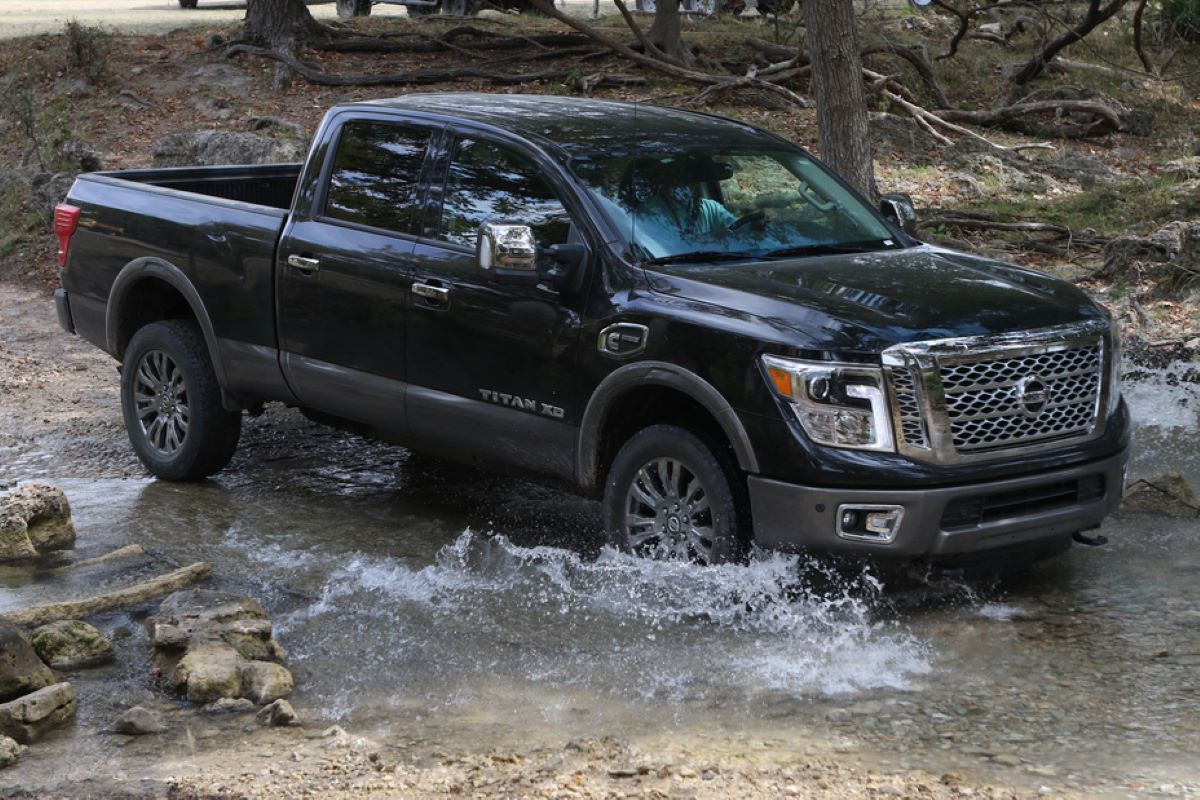
That could impact long-term resale value and parts availability, making its poor fuel economy even less appealing for practical buyers.
In the end, the Titan XD is a truck built for a niche that never fully materialized—and with MPG numbers this low, it struggles to compete in an increasingly fuel-conscious market.
Fuel economy in pickup trucks has become one of the most important deciding factors for American buyers.
With fluctuating gas prices and increasing environmental concerns, the difference between a truck that gets 25 MPG and one that struggles to hit 14 MPG can mean thousands of dollars in annual fuel costs—not to mention the environmental impact.
Our look at five of the most fuel-efficient pickups and five of the least fuel-efficient reveals just how wide the spectrum can be.
On the efficiency side, models like the Ford Maverick Hybrid and Hyundai Santa Cruz prove that pickups don’t have to be gas-guzzling monsters.
These compact trucks meet the needs of commuters, light-duty haulers, and urban drivers, offering the functionality of a truck bed without the penalty at the pump.
Even mid-size options like the Honda Ridgeline and diesel variants like the Chevy Silverado 1500 Duramax show how far the industry has come in balancing strength with efficiency.
In contrast, trucks like the Ram 2500 Power Wagon, Ford F-250, and Nissan Titan XD remind us that heavy payload and towing capacity often still come at the cost of fuel economy.
These vehicles are indispensable for contractors, ranchers, and those working in remote areas—but for daily commuters or casual users, they may be overkill, both in size and in fuel demand.
Interestingly, even a hybrid model like the Toyota Tundra i-FORCE MAX can underwhelm in fuel efficiency, proving that not all hybrid badges equal savings at the pump.
Similarly, V8-powered luxury trucks like the GMC Sierra 1500 deliver impressive refinement, but do so while burning more fuel than some SUVs twice their size.
Ultimately, the best pickup for you depends on how you plan to use it. If efficiency and lower running costs are a priority, today’s market has more smart, fuel-friendly options than ever before. But if raw power and heavy-duty capability are non-negotiable, be prepared for higher fuel bills.
The takeaway? Know your needs—and match your truck accordingly. Because when it comes to pickups, fuel economy isn’t just a spec—it’s a long-term commitment.
Also Read: 5 Cars That Go 500,000 Miles and 5 That Barely Reach 100,000

